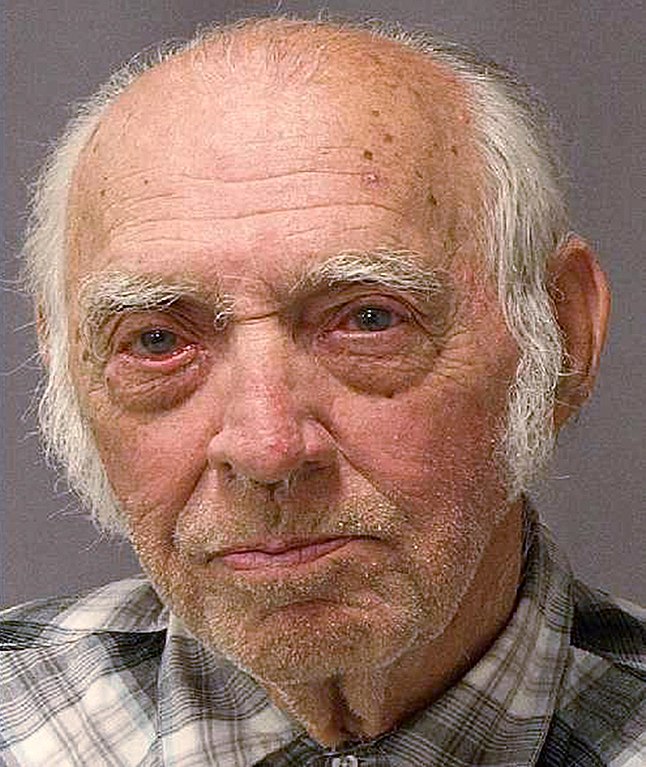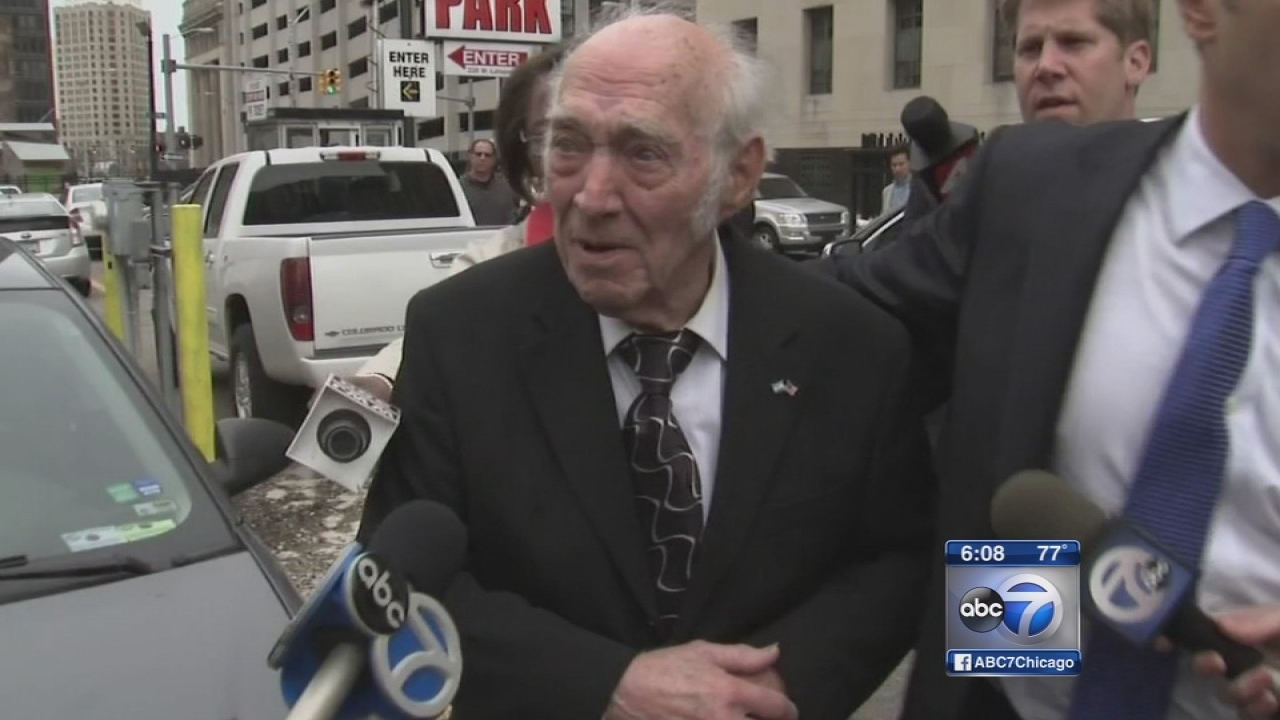Clint Eastwood’s crime drama film ‘The Mule’ revolves around Earl Stone, a horticulturist whose business crashes down due to the prominence of the internet in the flower business. As he sets out to step into the next chapter of his life, Earl encounters an opportunity to make an enormous amount of money just by dropping drugs for an unnamed cartel. Earl then becomes one of the prolific drug mules of the cartel, where he pops up on the radar of DEA agent Colin Bates. Intrigued by the character, we have found out whether Earl has a real-life counterpart. Here’s what we found!
Earl Stone is Based on the World’s Oldest Drug Mule Leo Sharp
Yes, Earl Stone is based on a real drug mule. The character is based on Leo Sharp, who was a World War II veteran and horticulturist who apparently became the world’s oldest drug mule by working for the Sinaloa cartel, arguably the most dangerous drug cartel in the world. After serving in the US Army and running an unsuccessful airline company, Sharp became a horticulturist and florist who specialized in breeds of daylilies. He eventually became a renowned face at horticultural conventions across the country. People flocked to his flower farm located in Michigan City, Indiana, to buy flowers named after his farm, Brookwood Gardens.

Sharp eventually became a part of a group associated with the Sinaloa cartel. “He has Mexican fellas working on the farms. They happen to know people who introduced him to other people who asked him if he wanted to get involved in something [ferrying cash]. And then it morphed into something bigger,” Sharp’s lawyer Darryl A. Goldberg told Sam Dolnick for a feature published in The New York Times. Sharp became a successful mule because he was the last person authorities would suspect to be a courier working for the Sinaloa cartel. “Leo is the perfect courier for the cartel. He has a legitimate ID, he’s an older guy, he wouldn’t be pegged as a drug runner and he has no criminal history,” Special Agent Jeremy Fitch, who worked in his case, told Dolnick for the same feature.
According to the cartel’s handwritten drug ledgers, Sharp went on to deliver over a thousand kilos of cocaine between February 2010 and June 2010. When the DEA agents found a way to listen to cartel figures, they noticed repeated mentions of “Tata,” the name the people he worked for gave to Sharp. DEA Special Agent Jeff Moore, the inspiration behind the character Colin Bates, played an integral part in capturing Sharp. Moore’s pathway to Sharp was opened by Ramon Ramos, who became an informant and helped the DEA as someone who had associations with the Sinaloa cartel. He told Moore about Tata and the agent met the latter eventually.
Sharp was arrested in October 2011 by Michigan State Police during a coordinated arrest operation led by the DEA. As per Dolnick’s source text of the film, he possessed 104 kilos of cocaine in five duffel bags. “You’re dealing here with a man who was forced to do what I did by gunpoint,” Sharp told a magistrate judge during an early court appearance, as per Dolnick’s feature. In October 2013, Sharp pleaded guilty to drug conspiracy charges. He faced a maximum of twenty years in prison but the prosecution was fine with five due to his age. “I’m really heartbroken I did what I did. But it’s done,” Sharp said during his trial, according to the source text of the film.
Leo Sharp: No Longer Alive Today
Leo Sharp is not alive. After his trial, Leo Sharp was sentenced to three years in federal prison. However, he was released from prison after over a year’s imprisonment. In 2015, Sharp’s attorney Goldberg and federal prosecutors asked a judge to release Sharp for humanitarian reasons since he was suffering from a terminal illness. At the time, the attorneys revealed that he had a life expectancy of six to nine months.

“The director of the Federal Bureau of Prisons contends, and this court agrees, that the defendant’s terminal medical condition and limited life expectancy constitute extraordinary and compelling reasons warranting the requested reduction,” District Judge Nancy Edmunds wrote after freeing Sharp. On December 12, 2016, Sharp reportedly died of natural causes. Although he was expected to live only six to nine months after his release, he went on to live nearly 16 months after becoming a free man. After his prison sentence, Sharp had been living in his home in Michigan City, Indiana.
Although Sharp was infamous for his life as a drug mule for the Sinaloa cartel, he was buried as a World War II veteran. He is laid to rest at Honolulu’s National Cemetery of the Pacific, which is also known as the Punch Bowl, alongside the veterans of World War I and II, the Korean, and the Vietnam War.
Read More: Is The Mule Based on a True Story?


You must be logged in to post a comment.